Most Cited

2020, 69 (17): 178102.
doi: 10.7498/aps.69.20200987
Abstract +
As an emerging type of electronic devices, flexible pressure sensors have more advantages than rigid sensors in human-computer interaction, healthcare, and tactile sensing in robots. These advantages, however, require the materials to be thin and soft. For applications in human bodies, the sensor needs to be biocompatible and mechanically match the biotissue such that they can be conformable to the skin textures, or be implanted in the body. Sensitivity, response time, limitation of detection, and stability are basic properties to evaluate a pressure sensor. Recently, some other parameters of flexible pressure sensors including pressure response range, pressure resolution, space resolution, and stretchability have also been studied, enabling such devices to have a wider application prospect. This review introduces about the state of the arts of flexible pressure sensors in recent years, and is intended to discuss the sensing mechanisms, properties, and potential applications of flexible tactile sensors. At last, we talk about the future of flexible tactile sensors.

2020, 69 (10): 100701.
doi: 10.7498/aps.69.20191935
Abstract +
Photovoltaic power generation is affected by weather and geographical environment, showing fluctuations and random multi-interference, and its output power is easy to change with changes in external factors. Therefore, the prediction of output power is crucial to optimize the grid-connected operation of photovoltaic power generation and reduce the impact of uncertainty. This paper proposes a hybrid model of both convolutional neural network (CNN) and long short-term memory neural network (LSTM) based on genetic algorithm (GA) optimization (GA-CNN-LSTM). First, the CNN module is used to extract the spatial features of the data, and then the LSTM module is used to extract the temporal features and nearby hidden states. Optimizing the hyperparameter weights and bias values of the LSTM training network through GA. At the initial stage, the historical data is normalized, and all features were analyzed by grey relational degree. Important features are extracted to reduce the computational complexity of the data. Then, the GA-optimized CNN-LSTM hybrid neural network model (GA-CNN-LSTM) is applied for photovoltaic power prediction experiment. The GA-CNN-LSTM model was compared with the single neural network models such as CNN and LSTM, and the CNN-LSTM hybrid neural network model without GA optimization. Under the Mean Absolute Percentage Error index, the GA-CNN-LSTM algorithm proposed in this paper reduces the error by 1.537% compared with the ordinary single neural network model, and 0.873% compared with the unoptimized CNN-LSTM hybrid neural network algorithm model. From the perspective of training and test running time, the GA-CNN-LSTM model takes a little longer than the single neural network model, but the disadvantage is not obvious. To sum up, the performance of GA-CNN-LSTM model for photovoltaic power predicting is better.

2020, 69 (21): 217703.
doi: 10.7498/aps.69.20200980
Abstract +
As an important member of the dielectric family, ferroelectric materials are known for their various physical properties and have been attracted considerable attention from both scientific respect and technology respect. Piezoelectricity is one of the most important properties of ferroelectrics, which has been widely used in many devices for the conversion between electric energy and mechanical energy. For example, the main piezoelectric elements of underwater acoustic transducers, medical imaging systems, piezoelectric actuators, etc., are all ferroelectrics. In this paper, the history of the piezoelectric effect in lead-based perovskite ferroelectrics is introduced, and the relationship among the microstructure, the state of polarization and the piezoelectricity is discussed. In addition, we introduce some important factors for optimizing the piezoelectricity of ferroelectrics, such as morphotropic phase boundary, soft doping, polarization rotation, local structural heterogeneity, etc. It is expected that this paper could shed light on the future design of ferroelectric materials with various functionalities.
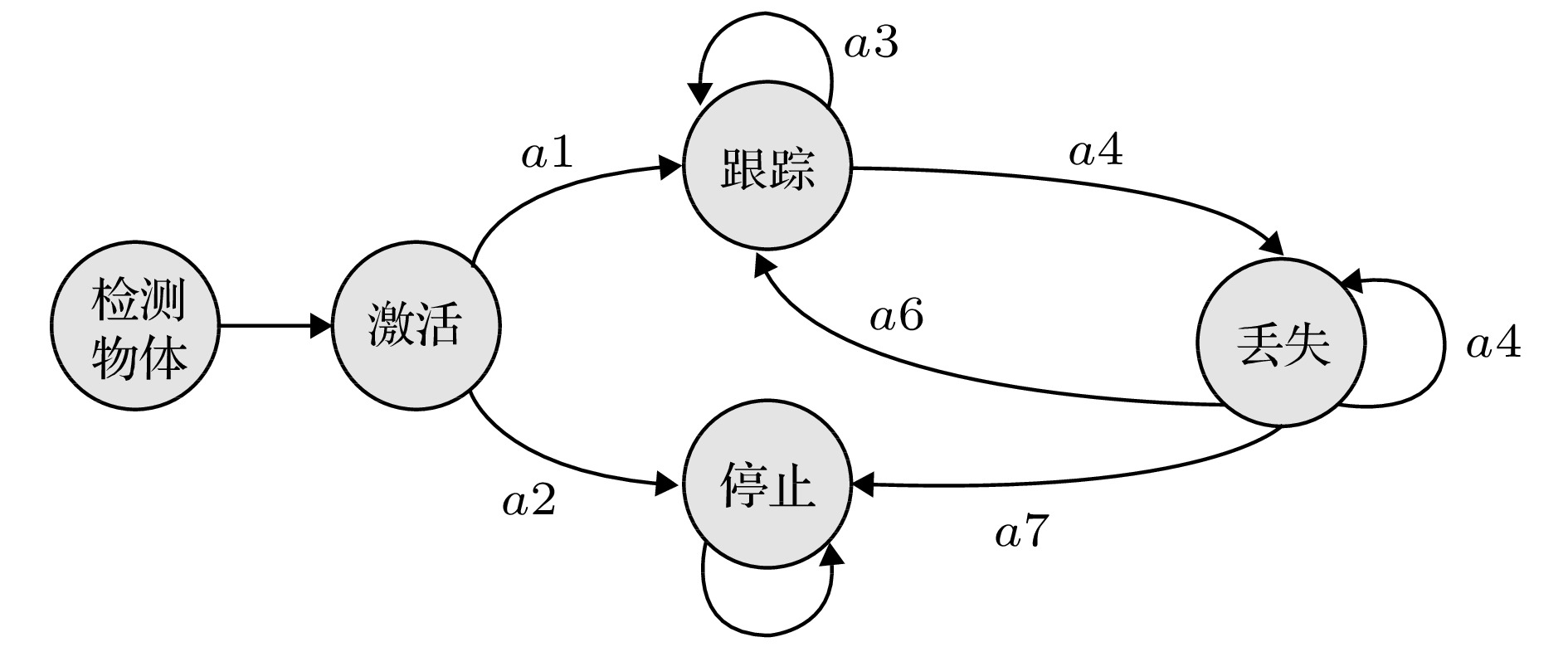
2020, 69 (8): 084203.
doi: 10.7498/aps.69.20191721
Abstract +
Pedestrian tracking is a hotspot and a difficult topic in computer vision research. Through the tracking of pedestrians in video materials, trajectories can be extracted to support the analysis of individual or collected behavior dynamics. In this review, we first discuss the difference between pedestrian tracking and pedestrian detection. Then we summarize the development of traditional tracking algorithms and deep learning-based tracking algorithms, and introduce classic pedestrian dynamic models. In the end, typical applications, including intelligent monitoring, congestion analysis, and anomaly detection are introduced systematically. With the rising use of big data and deep learning techniques in the area of computer vision, the research on pedestrian tracking has made a leap forward, which can support more accurate, timely extraction of behavior patterns and then to facilitate large-scale dynamic analysis of individual or crowd behavior.
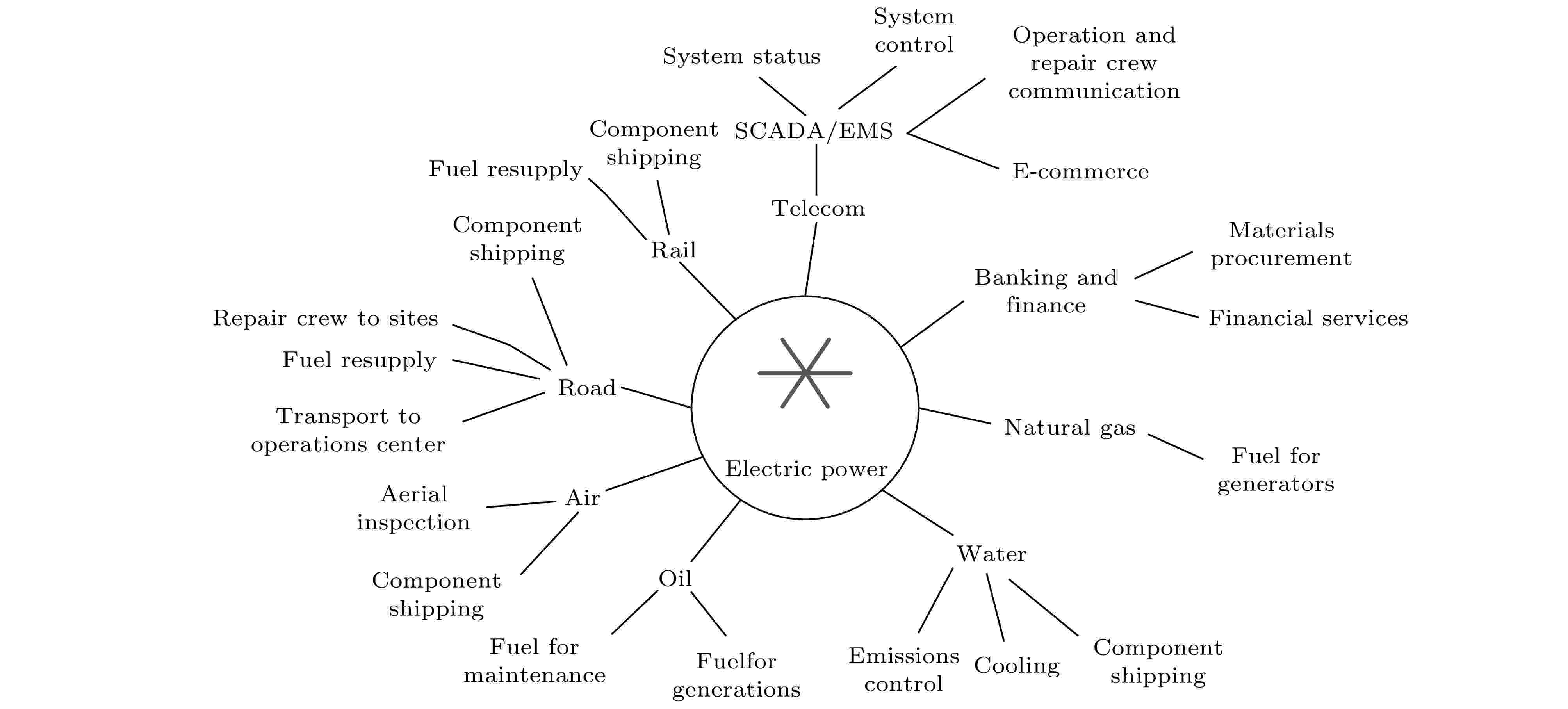
2020, 69 (8): 088904.
doi: 10.7498/aps.69.20192000
Abstract +
In real life, most of the infrastructure networks closely related to the national economy and people's livelihood do not exist independently, but are interconnected with or dependent on each other, so the multilayer network model is proposed to study the independent complex systems and infrastructures. When the nodes in the multilayer network suffer initial failure or attack, the cascade occurs due to the interaction between the “intra-layer” and “inter-layer”, and the failure can propagate in the network layer and across the layers iteratively, so that the scale of the failures is enlarged gradually. As a result, many multilayer networks are more fragile than single networks. The cascading failure of multilayer network usually brings very serious catastrophes to our society. So, conducting the research on preventing the multilayer network from cascading failure and recovering is of great significance. As far as the prevention of cascading failure is concerned, what are mainly included are the strategies such as the fault detection, the protection of important nodes, the optimization of the coupling method of networks, and the backup of nodes. As for the recovery of multi-layer network, included mainly are the strategies such as common boundary node recovery, the idle connected link recovery, the link addition, the priority recovery of important nodes, the topology perturbation, and the repairing of localized attack and adaptive link.

2020, 69 (4): 040502.
doi: 10.7498/aps.69.20191342
Abstract +
The complex structure of hyperchaos and its complex dynamic behavior have a good application prospect in the fields of image encryption, digital watermarking and information security. Therefore, it has become very important to generate chaotic attractors with multi-vortex and multi-winged multi-rings with complex topologies. In this paper, we propose a new five-dimensional hyperchaotic system capable of generating multi-ring and multi-wing, and carry out theoretical analysis and numerical simulation experiments on some basic dynamic characteristics of the chaotic system. Such as equilibrium point, dissipation, Lyapunov exponent, bifurcation diagram, phase diagram and so on. In the process of encryption, first, we decompose the plaintext image matrix and the five chaotic sequences into an orthogonal matrix and an upper triangular matrix by QR decomposition. The five chaotic sequences generated by the chaotic system are respectively decomposed into an upper triangular matrix and a lower triangular matrix by the LU decomposition method. The upper triangular matrix decomposed by the QR decomposition method and the lower triangular matrix decomposed by the LU decomposition method are respectively added to obtain five discrete chaotic sequences. At the same time, the five discrete chaotic sequences are added to the upper triangular matrix decomposed by the LU decomposition method to obtain the final five discrete chaotic sequences. Secondly, the orthogonal matrix decomposed by the plaintext image matrix is multiplied by five orthogonal matrices decomposed by five chaotic sequences. At the same time, the elements in the upper triangular matrix decomposed by the plaintext image matrix are chaotically arranged by the chaotic sequence, and then the two matrices after the operation are multiplied. Finally, the multiplied matrix is chaotically placed on the bit by a chaotic sequence. Then use the chaotic sequence to perform a bitwise XOR operation to obtain the final encrypted image. The theoretical analysis and simulation results show that the algorithm has large key space and strong key sensitivity. It can effectively resist the attacks of statistical analysis and gray value analysis, and has good encryption effect on digital image encryption. This image encryption algorithm using a combination of conventional encryption and chaotic encryption does not have a defined plaintext ciphertext mapping relationship.
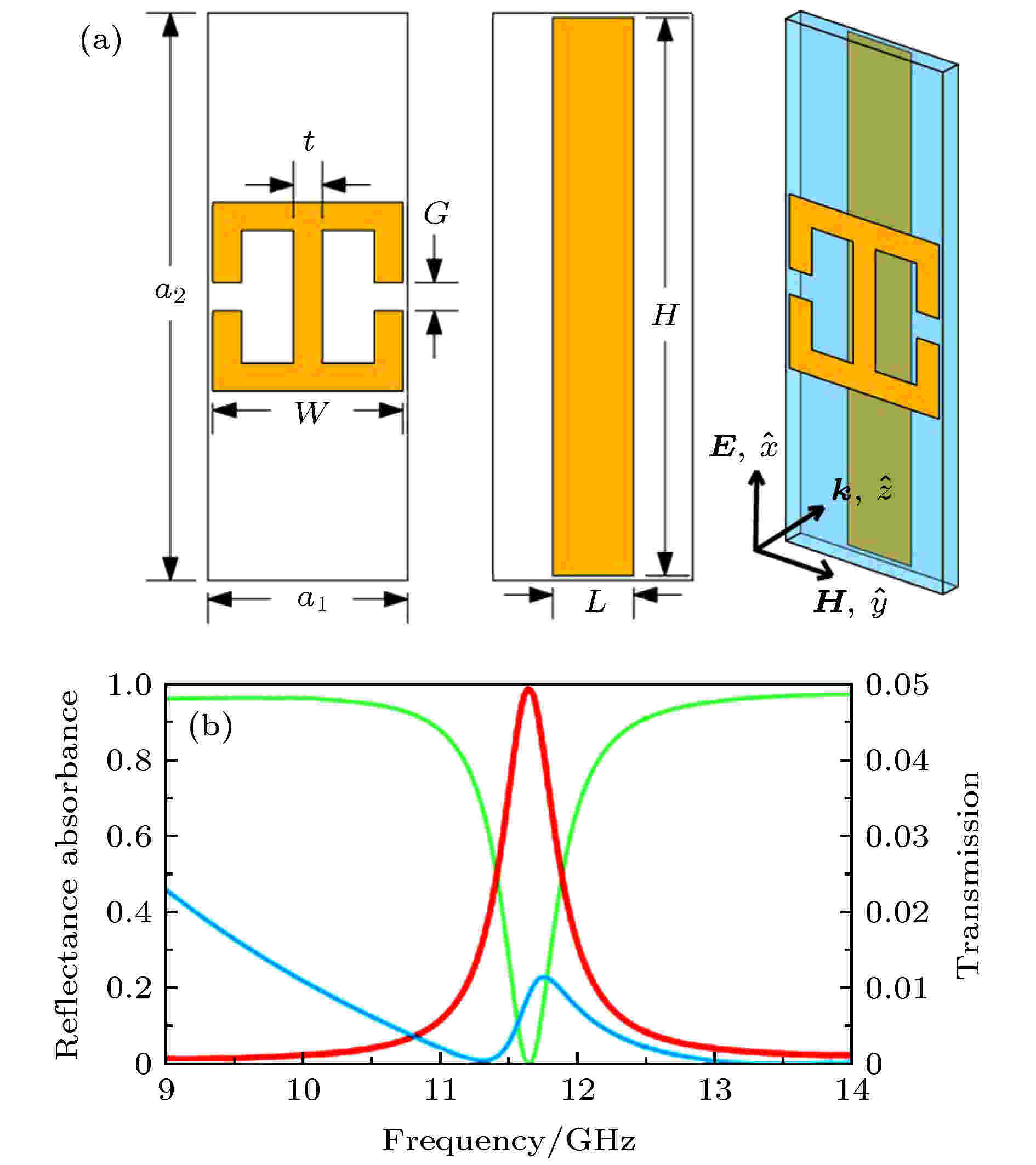
2020, 69 (13): 134101.
doi: 10.7498/aps.69.20200355
Abstract +
Electromagnetic absorbing technology can effectively suppress the radiation of electromagnetic waves, and has been widely used in military and civilian fields. However, traditional absorbing technology cannot meet the new requirements for modern absorbing materials. The advent of metamaterials provides a solution for this problem Metamaterial absorber has the advantages of simple structure, light weight, high absorption rate, and can realize the flexible control of electromagnetic waves, which has led the electromagnetic absorption research to rapidly develop. In this paper, the research and development of using metamaterials to absorb electromagnetic wave is reviewed. Firstly, the principle, implementation, and presently existing bottlenecks of electromagnetic wave absorption in using metamaterials are outlined. Secondly, recent progress of the aforementioned key issues in three aspects is introduced, including multi-band and broadband, polarization and angle independence, and dynamic tunability. Several typical methods of making metamaterial absorbers are illustrated here. Generally speaking, the prerequisite of broadband metamaterial absorbers is to provide multiple resonances that are close enough to each other. The structure with multiple rotationally symmetric geometry is helpful in achieving polarization- and angle-insensitive properties. The flexible control of absorption performance can be realized by introducing lumped elements such as resistances, capacitances, and diodes. In addition, by means of composite traditional materials or new materials and other methods the dynamic adjustment of the absorption performance can be achieved. Although researchers have done a lot of work on the metamaterial absorbers, there remain many problems and challenges. For the future design, several promising directions are suggested from three perspectives: high performance, multifunctionality, and new structures. In terms of high performance, it is still a challenge to achieve ultra-thin broadband metamaterial absorber for low-frequency which can break through the limitation of wavelength. Integrated multifunctional metamaterials can adapt to the increasingly complex application scenarios and should gradually become the focus of attention. Since three-dimensional (3D) printing technology has proved to be applicable to the preparation of complex metamaterial structures, the new 3D metamerial absorbers will bring more vitality to the development of metamaterials. Finally, as regards the application of metamaterials in stealth, the future development of metamaterial absorbers is further summarized.
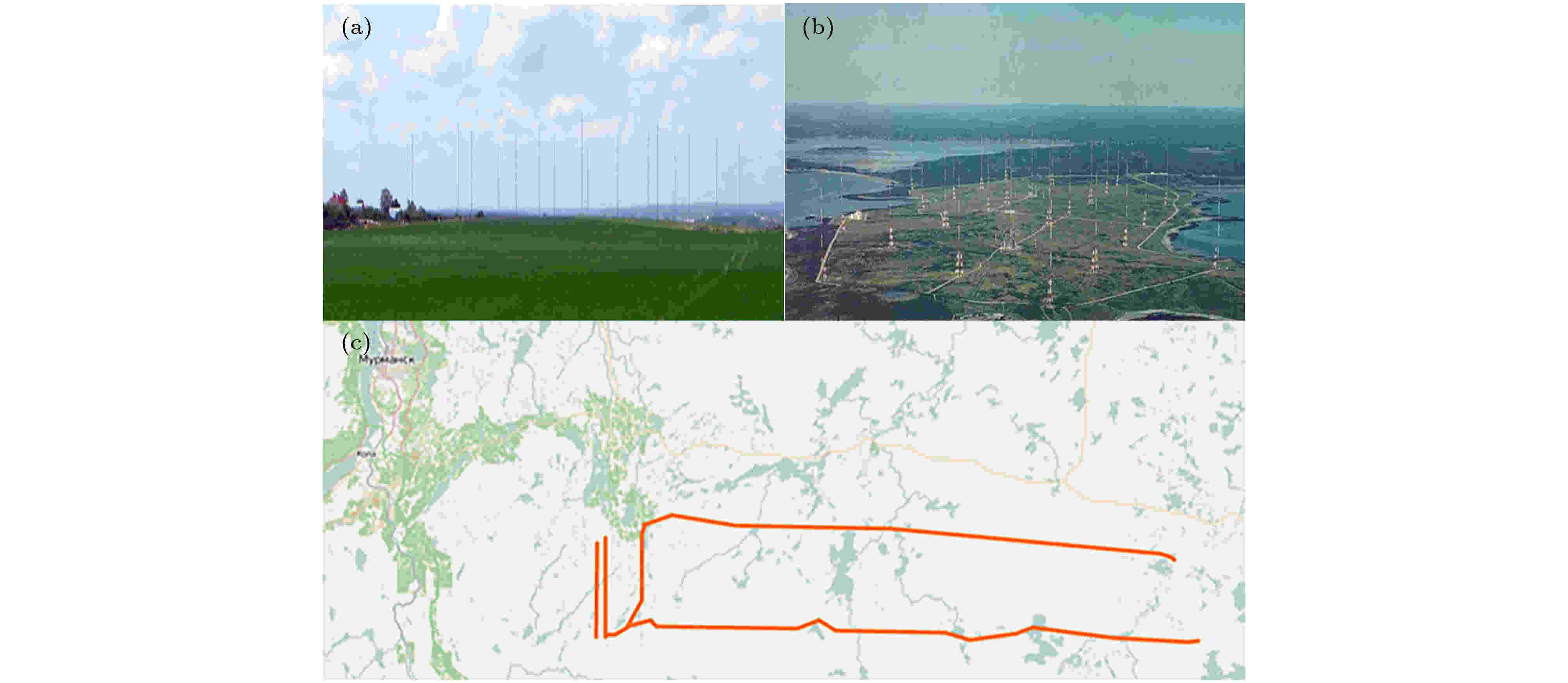
2020, 69 (20): 208401.
doi: 10.7498/aps.69.20200792
Abstract +
Low-frequency electromagnetic waves have the characteristics of long propagation distance, strong resistance to electromagnetic pulse interference, and slow attenuation in seawater and other media. However, conventional low-frequency transmitting antennas have problems such as bulkiness, high power consumption, and low efficiency, which are not conducive to the performance of low-frequency electromagnetic waves. The mechanical antenna is a new type of low-frequency transmitting antenna that generates time-varying electromagnetic field radiation through the mechanical movement of electric charges or magnetic dipoles. The new radiation principle enables mechanical antennas to break the constraints on the physical size of electromagnetic waves in the traditional antenna field, thereby achieving low-frequency communication with a smaller size and higher efficiency, providing a subversive solution to scenarios such as submarine communication and through-the-earth communication. In recent years, mechanical antennas have attracted much attention and become a hot research topic in the field of low-frequency communication. In this paper, we briefly review the development history, development direction, and existing problems of traditional large-scale land-based low-frequency transmit antennas and persistent mobile low-frequency transmit antennas; we mention the details of the working principles and recent research progress of different mechanical antenna implementations including electret, permanent magnet and piezoelectric mechanical antennas; we compare and analyze the radiation performance, innovations, advantages and disadvantages of each specific implementation scheme; and we also discuss the characteristics of the existing frequency modulation, amplitude modulation, polarization modulation and other signal modulation methods of mechanical antennas and the application schemes of several signal modulation methods of different types of mechanical antennas; finally, we prospect the research direction of mechanical antennas in the next stage. At present, the feasibility of the mechanical antenna scheme has been verified theoretically and experimentally, but it is limited by the antenna volume, power consumption, driving device and other factors, and the radiation intensity of the mechanical antenna is limited. We believe that the research in the field of mechanical antennas in the next stage will focus on the design of antennas for achieving longer communication distances at the sacrifice of certain small and light weight indicators, and innovative signal loading and modulation methods to improve communication rates will also be worth paying attention to in the field of mechanical antennas.
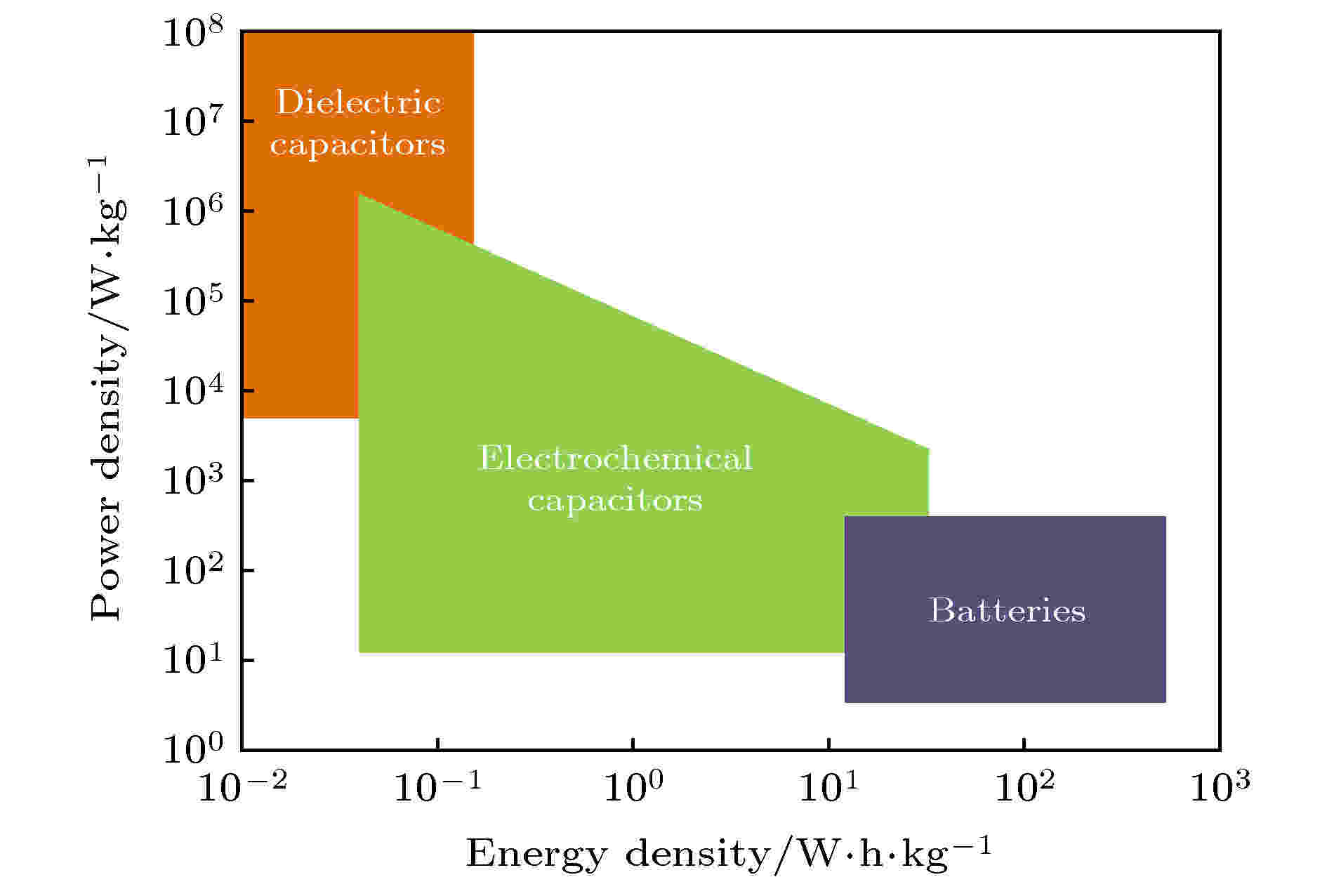
2020, 69 (21): 217701.
doi: 10.7498/aps.69.20201006
Abstract +
Dielectric capacitors are widely used in modern electronic systems and power systems because of their advantages of fast charge discharge speed and high-power density. Nowadays, the new products related to renewable energy, such as hybrid electric vehicles, grid connected photovoltaic power generation and wind turbines, downhole oil, gas exploration, etc., put forward higher requirements for the energy storage capabilities of dielectric capacitors in elevated-temperature. In this review, the research progress of the polymer-based dielectrics for high-temperature capacitor energy storage in recent years is systematically reviewed to offer benefits for further study. Firstly, the physical mechanism of energy storage of dielectric materials is introduced, and several conduction mechanisms of dielectric materials are summarized and analyzed; then, several strategies to improve the high-temperature energy storage performance of polymer dielectrics are presented, including the nanocomposite modification and design of layer-structured polymer composites, and the molecular structure design and chemical crosslinking treatment of dielectric polymer. Finally the scientific and technological problems in the application of dielectric polymer and their nanocomposites for high-temperature capacitor energy storage are discussed, and a possible research direction in the future is prospected.
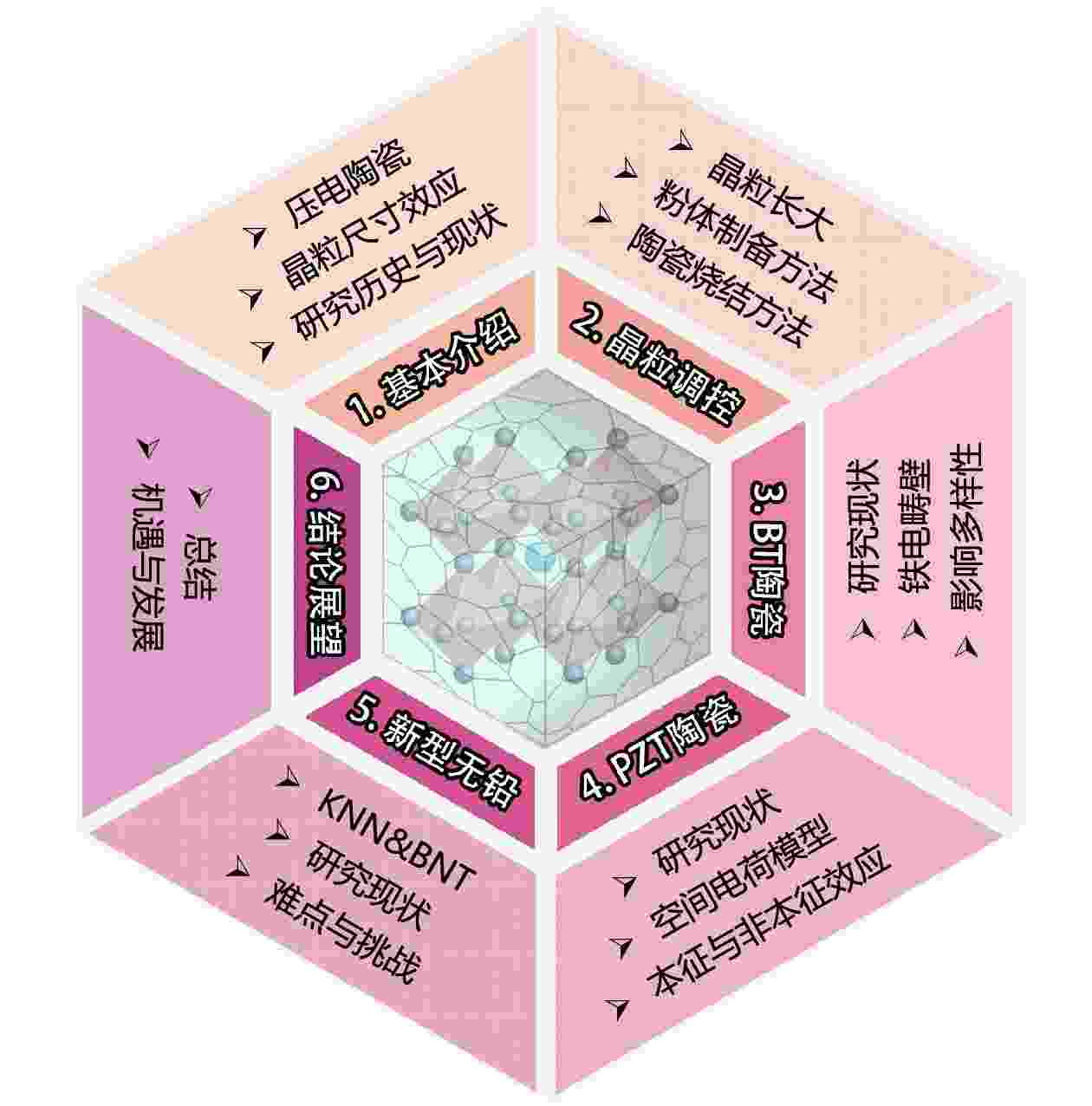
2020, 69 (21): 217704.
doi: 10.7498/aps.69.20201079
Abstract +
Piezoelectric ceramics is a versatile functional material that can realize interconversion between electrical energy and mechanical energy. As the electrical properties of piezoelectric ceramics are extremely sensitive to the grain size variation, the investigation of grain size effect has attracted much attention. In this paper, the recent research progress of the grain size effect on perovskite piezoelectric ceramics, including barium titanate (BT), lead zirconate titanate (PZT), potassium sodium niobate (KNN), and sodium bismuth titanate (BNT), is comprehensively reviewed. We especially focus on topics including feasible ways of fabricating piezoelectric ceramics with the desired grain sizes, the influence of the grain size effect on piezoelectric properties, and the corresponding physical mechanisms. This review would be beneficial to understanding the influence of the grain size effect on piezoelectric properties. The review concludes with the prediction of the further investigation on the grain size effect.
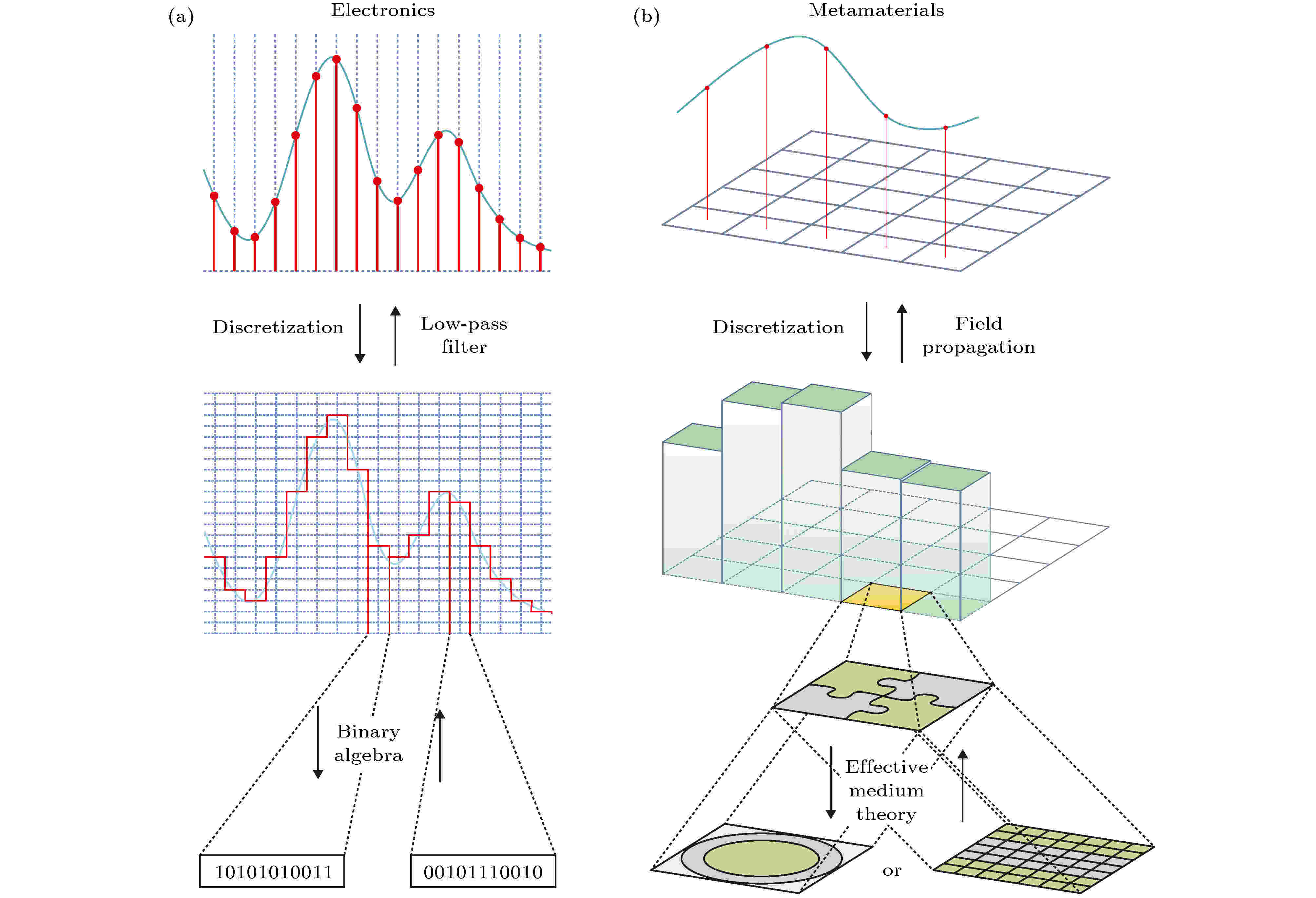
2020, 69 (15): 158101.
doi: 10.7498/aps.69.20200246
Abstract +

2020, 69 (3): 036501.
doi: 10.7498/aps.69.20191906
Abstract +
Thermal radiation, as a ubiquitous physical phenomenon, plays an important role in various research fields of science and engineering. Traditional understanding of thermal radiation mainly relies on Planck’s law, which describes the energy exchanging efficiency of entire thermal radiation process. However, recent studies indicated that comparing with the macroscopic object obeying Planck’s law, the thermal radiation in nanophotonic structures is obviously abnormal. This is due to the fact that the nanostructures’ featured size or neighboring space are much smaller than the thermal wavelength. It is important to notice that by well designing the material, size, and structure pattern, the thermal radiation is tunable and controllable. Furthermore, the nanophotonic structures enabling the radiative cooling effects promise to possess the tremendous applications including energy, ecology, etc. In this review paper, firstly, we briefly describe the fundamental theory of thermal radiation, as well as the history and latest progress, such as, enhanced radiative heat transfer, the near-field radiation in two-dimensional materials, and the overall far-field enhancement. Secondly, we focus on the newly available daytime radiative cooling system, which is based on metamaterials or desired nanophotonic structures, pursuing the best cooling performances. Finally, we detail the checklists of remarkable applications, ranging from building cooling and dew collection to solar cell cooling. In addition, we also point out the broad future of radiation cooling technology of nanometer optical materials in promoting the management and transformation of desert ecological environment.
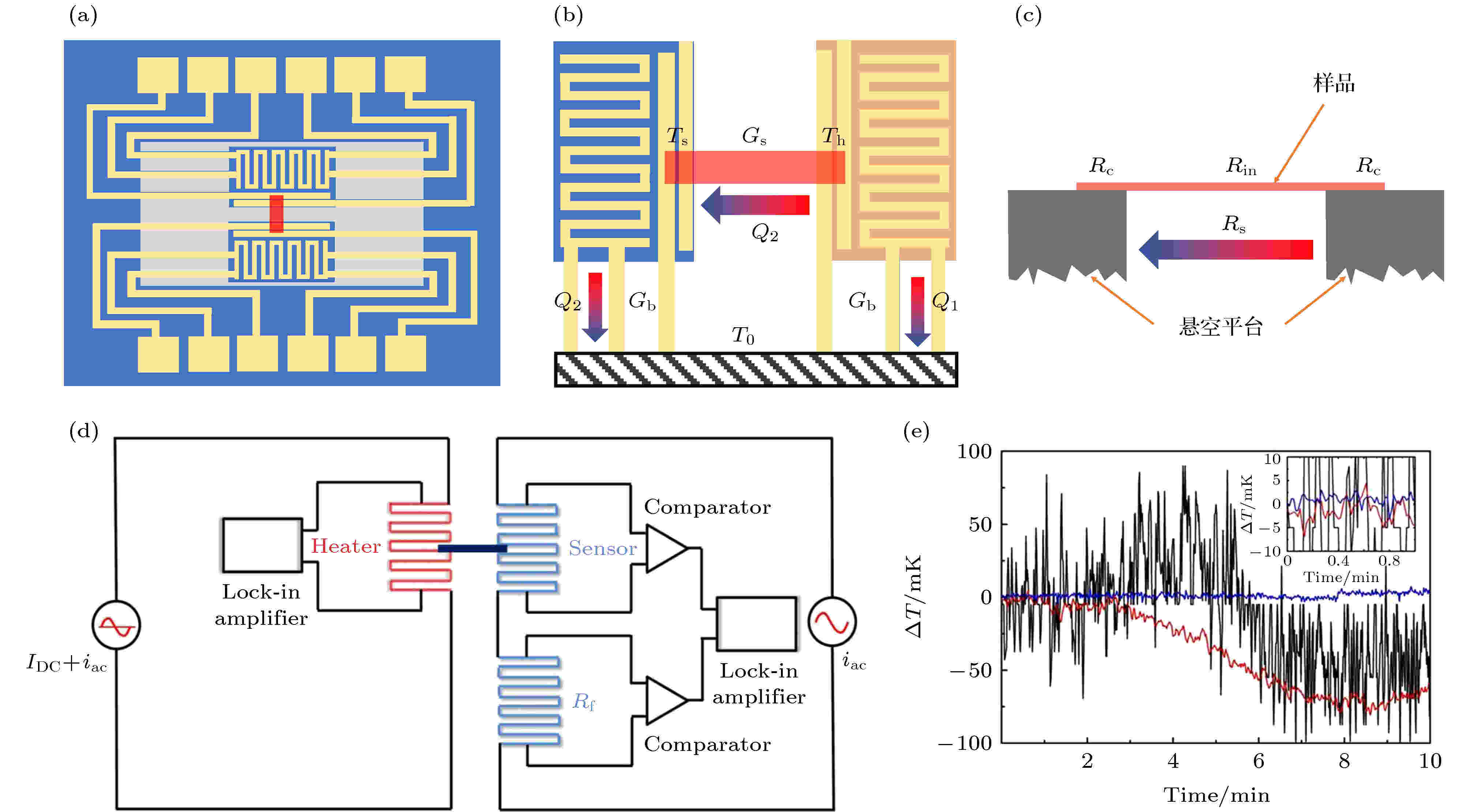
2020, 69 (19): 196602.
doi: 10.7498/aps.69.20200709
Abstract +
The two-dimensional (2D) materials represented by graphene and boron nitride provide an excellent platform for the study of thermal conduction and the interfacial thermal resistance in low-dimensional system. Recent studies recover exotic physics behind the novel thermal transport properties of 2D materials, such as length effect, dimensional effect, isotopic effect, anisotropic effect, etc. In this review, we introduce the recent progress of thermal properties in 2D materials in the last decade. The principle and development of thermal conduction measurement technologies used in 2D materials are introduced, followed by the experimental progress of thermal conduction and interfacial thermal resistance. Special attention is paid to the abnormal thermal transport and relevant physical problems. Finally, we present thermal management and heat dissipation in 2D electronic devices, summarize and point out the problems and bottlenecks, and forecast the future research directions and foregrounds.
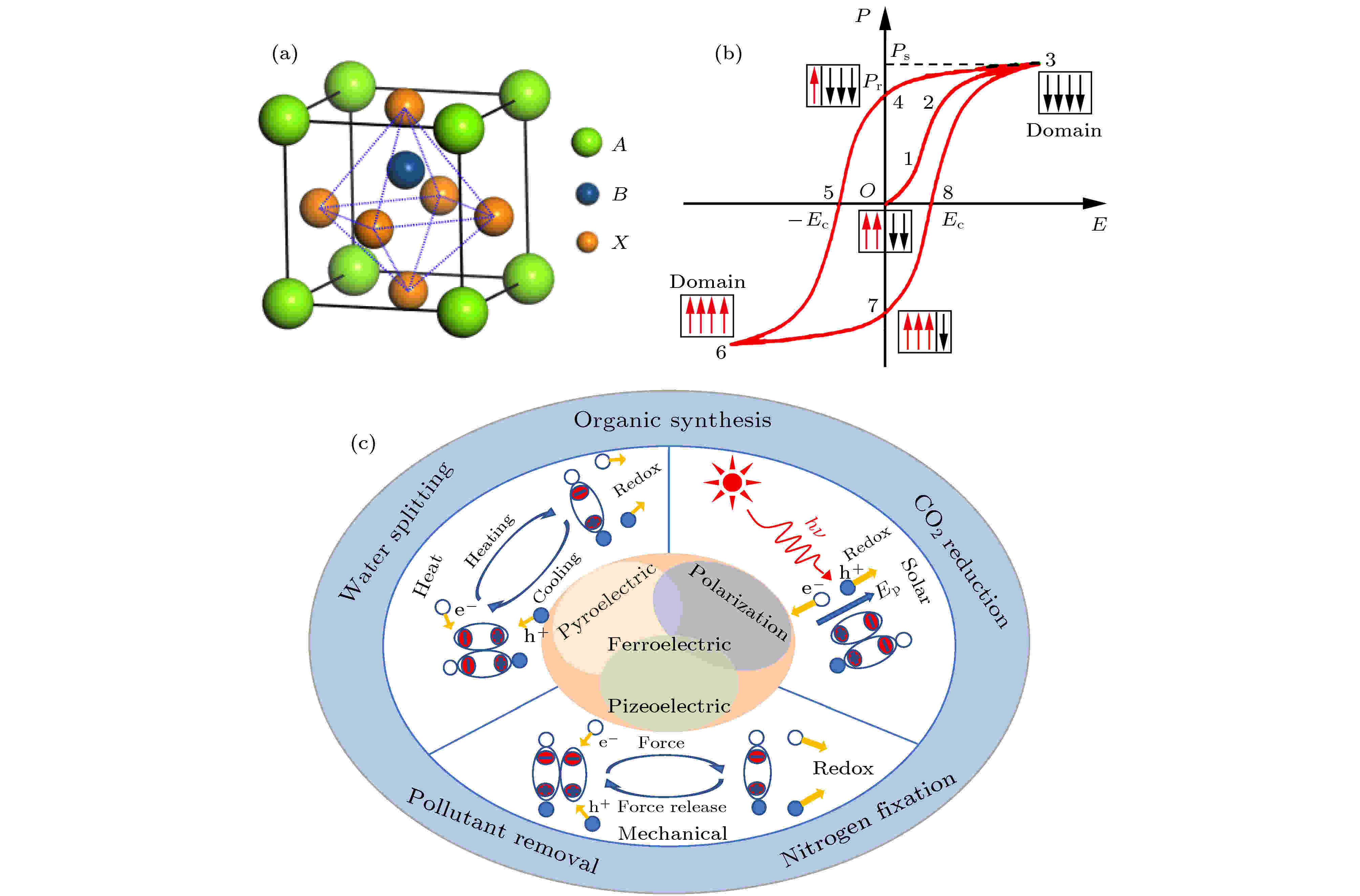
2020, 69 (12): 127706.
doi: 10.7498/aps.69.20200287
Abstract +
There are two types of perovskites, i.e. ABO3-type oxides and ABX3-type (X = F, Cl, Br and I) halides. Both of them exhibit rich physical properties and excellent photoelectric properties, such as ferroelectric and photocatalytic properties. In this paper we introduce the methods of preparing the ferroelectric semiconductors (i.e. BiFeO3 and

2020, 69 (9): 090202.
doi: 10.7498/aps.69.20200389
Abstract +
The coronavirus disease 2019 (COVID-19) has become a major public health concern internationally. To capture the epidemic growing patterns and quantify the transmissibility, some key epidemiological parameters and dynamic models are of significance for helping us to understand the features of COVID-19 and thus informing the strategic decision-making in combating the outbreak. In this study, we review and summarize the recently released research results about the reproduction numbers, incubation period and serial interval of COVID-19. We summarize the estimates as well as estimation approaches adopted to calculate these epidemiological parameters in the existing literature. These studies found that the basic reproduction number is estimated at 2.6, the mean incubation period at about 5.0 days, and the mean serial interval at about 5.5 days. The COVID-19 infections can increase rapidly if it is not controlled. The control measures including the isolation, quarantine, contact tracing, improvement of public awareness, and adoption of self-protection measures can effectively mitigate the COVID-19 outbreak.

2020, 69 (8): 080504.
doi: 10.7498/aps.69.20191774
Abstract +
With the improvement of people's living standards, large-scaled public activities have increased considerably, and the emergency probability has increased greatly. When an emergency occurs, the emergency evacuation can effectively reduce casualties and economic losses. Therefore, how to quickly evacuate crowd is a current research hotspot in this field. The path planning of emergency evacuation is one of the effective ways to implement the crowd evacuation. Aiming at the problem of path planning for emergency evacuation and taking the grid map as the background, the ant colony cellular optimization (ACCO) algorithm is proposed as the path planning algorithm based on the cellular automata theory and ant colony algorithm. Firstly, in order to solve the problem of inconsistent time steps in the quadrilateral grid map, the grid map based on hexagonal cell is established and the ACCO algorithm is developed based on the hexagonal grid map. And the method of solving grid coordinate is given. Then, in order to improve the convergence speed and search ability of the ACCO algorithm, the static field is used to optimize the heuristic function, and the segment update rule is used to optimize the pheromone update method. Finally, the parameters of ACCO algorithm are optimized through the particle swarm optimization (PSO) algorithm. The method of designing the fitness evaluation function is proposed, and the optimal combination of parameters of the ACCO algorithm is implemented according to the fitness function. In order to verify the scientificity and effectiveness of the algorithm proposed in this research and also to systematically verify the optimization strategy, in this research the exhibition hall on the B-deck of a large cruise ship is used as the engineering background, and the traditional algorithm and the ACCO algorithm are adopted to perform the simulations. The simulation results show that compared with the traditional quadrilateral grid, the hexagonal grid proposed in this research unifies the simulation time step and can be used as the division method of the simulation environment. At the same time, the ACCO algorithm can effectively perform the evacuation path planning, and the optimization strategy proposed in this research not only acceletates the search speed, but also increases the solution space and improves the search ability, which can effectively avoid falling into the local optimal solution.
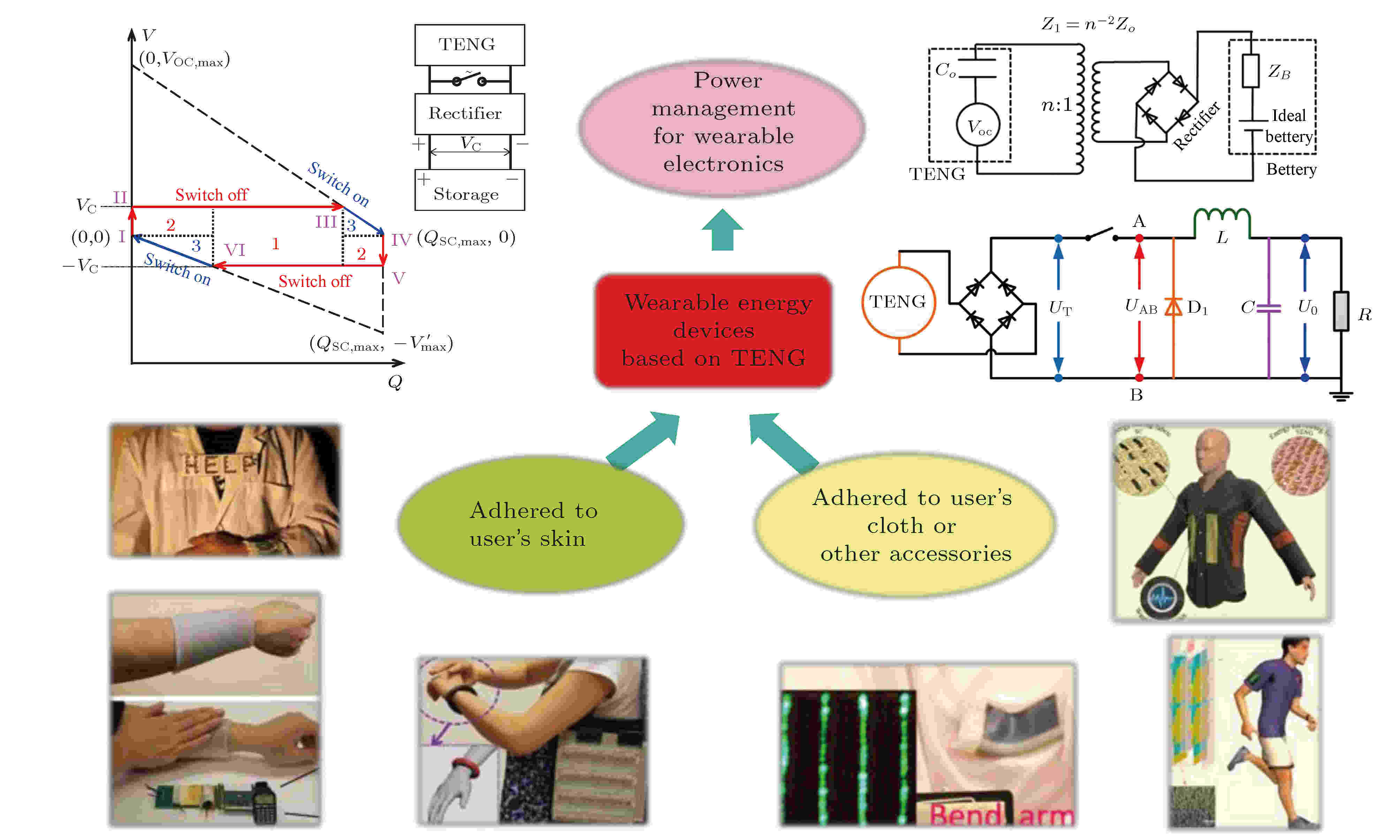
2020, 69 (17): 170202.
doi: 10.7498/aps.69.20200867
Abstract +
With the miniaturization and functionalization of electronic devices, wearable electronics has drawn generally attention, but the energy supply for wearable electronics becomes one of the most burning questions. The triboelectric nanogenerator based on the coupling effects of electrostatic induction and triboelectrification, which has low cost and wide material selection attributes, proves to be a powerful technology for converting low-frequency mechanical energy into electricity. In this review, the four fundamental modes of triboelectric nanogenerator and the physical mechanism of contact-electrification are presented first. Then, we introduce the research progress of wearable from the direct and indirect aspects. Directly wearable triboelectric nanogenerator can be integrated into a skin while indirectly wearable device is only allowed to assemble into user’s clothing or its appendages. In addition, the power management circuits for driving electronic devices and energy storage are summarized. Finally, we discuss the current bottlenecks and present our perspectives on future directions in this field.
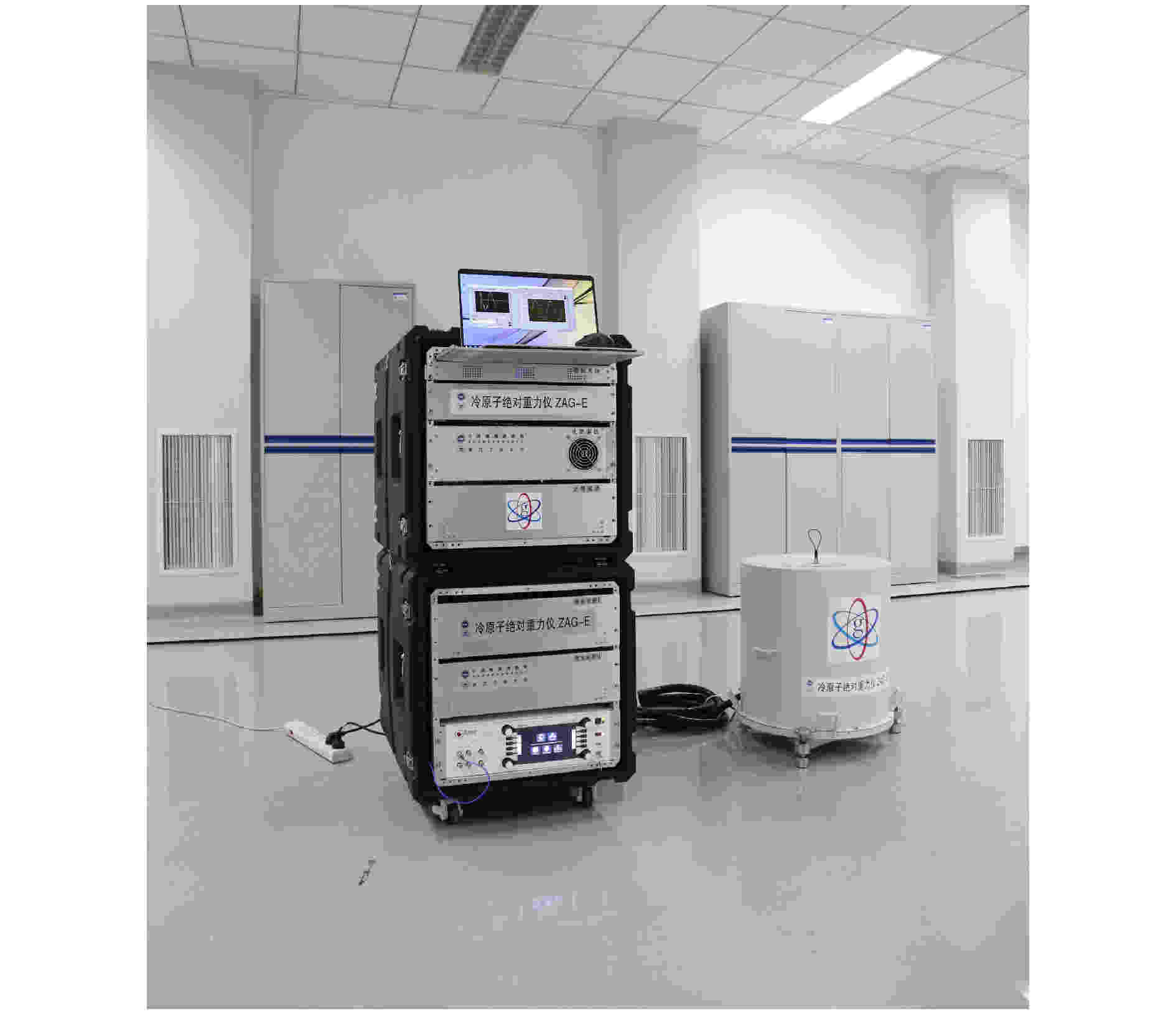
2020, 69 (6): 060302.
doi: 10.7498/aps.69.20191765
Abstract +
Currently, most of the experimental apparatuses of atomic gravimeters are complex in structure, large in size, and poor in environmental adaptability, so that they cannot be used to implement the absolute gravity measurement. Thus, the application areas of atomic gravimeter are greatly limited. In this paper, we integrate a system of absolute gravity measurement on a truck based on a compact homemade atomic gravimeter. This atomic gravimeter has a small size, light weight, low power consumption, and its accuracy is estimated as 10 μGal in the case of laboratory environment. This system consists of atomic gravimeter for gravity measurement, passive isolation platform for vibration suppression, posture platform for tilt adjustment, differential GPS for altitude measurement, UPS for power supply, air-conditioned truck for temperature control and transportation. At first, we estimate the performance of environmental adaptability for this measurement system on the truck, and it is found that this system can still work even at a high field temperature of 40 ℃ and a big tilt angle of 8° for the road. Besides, the experimental procedures of absolute gravity measurement and the methods of processing measured data are introduced. The Coriolis effect is analyzed and the dependence of measured gravity on the orientation of the truck has been measured. Finally, the repeated line measurements are performed on a flat field road. The accuracy of self-coincidence for absolute gravity measurement is evaluated to be 30 μGal and the difference in measured gravity among different locations is about 3080 μGal. Besides, we obtain the vertical gravity gradient of the earth by measuring the absolute gravity values at different altitude sites on a slope road, and the value is estimated to be -231(36) μGal/m. The presented results can provide the basic reference for the field absolute gravity survey.

2020, 69 (21): 217706.
doi: 10.7498/aps.69.20201209
Abstract +
Electrostatic capacitors based on dielectrics delivering an ultrahigh power density, low loss and high operating voltage, are widely used in energy storage devices for modern electronic and electrical systems. Dielectric polymers, especially ferroelectric polymers, are preferable for an energy storage medium in film capacitors due to their superiority in ultrahigh breakdown strength, low mass density, flexibility, and easy fabrication process. Ferroelectric polymer nanocomposites combining the advantageous properties of ferroelectric polymer matrix and high dielectric constant of ceramic fillers, show great potential applications in achieving superior energy storage performances and have aroused substantial academic interest. This review focuses on the recent research progress of high-energy-density ferroelectric polymer nanocomposites. First, the synthesis and properties of PVDF-based ferroelectric polymers are introduced. Second, the effects of nanofillers, composite structures and interfaces on the dielectric and energy storage properties of ferroelectric polymer nanocomposites are summarized. Third, the underline mechanism of dielectric and energy storage behaviors in ferroelectric nanocomposites are discussed in the aspect of phase-field simulation. Last, the existing challenges and future directions of ferroelectric polymer nanocomposites with high energy storage density are summarized and prospected.

2020, 69 (8): 088907.
doi: 10.7498/aps.69.20191954
Abstract +
With the development of power electronic technology and requirement for clean energy, the traditional power systems which are dominated by synchronous generators are gradually changing into the power-electronic-based power systems with diversified power electronic equipment. The power systems are facing a great revolution in their primary equipment, and this has not happened in the past one hundred years. In recent years, with great increasing penetration of power electronic devices into power grids, the large-scale blackouts caused by power electronic devices have been reported, which seriously threatens the safe and stable operation of power systems. Under the above background, in this paper we first introduce several methods of analyzing the traditional power system transient stability from the equal area criterion for the single machine infinite bus system to several Lyapunov function based direct methods for multi-machine systems. Then we introduce some of our recent work on the nonlinear modeling and analysis of a key component of power-electronic-based power systems, voltage source converter (VSC), and propose a multiple machine system model including power electronic equipment and traditional synchronous machines. Finally, we illustrate the transient characteristics of the power electronic devices, and summarize the basic problems and challenges for the transient stability of power-electronic-based power systems. We hope that these basic problems in power-electronic-based power system dynamics including nonlinearity, multi-time-scale, and complexity could arouse the general interest of researchers in the fields of complex systems and statistical mechanics.

- 1
- 2
- 3
- 4
- 5
- ...
- 35
- 36










